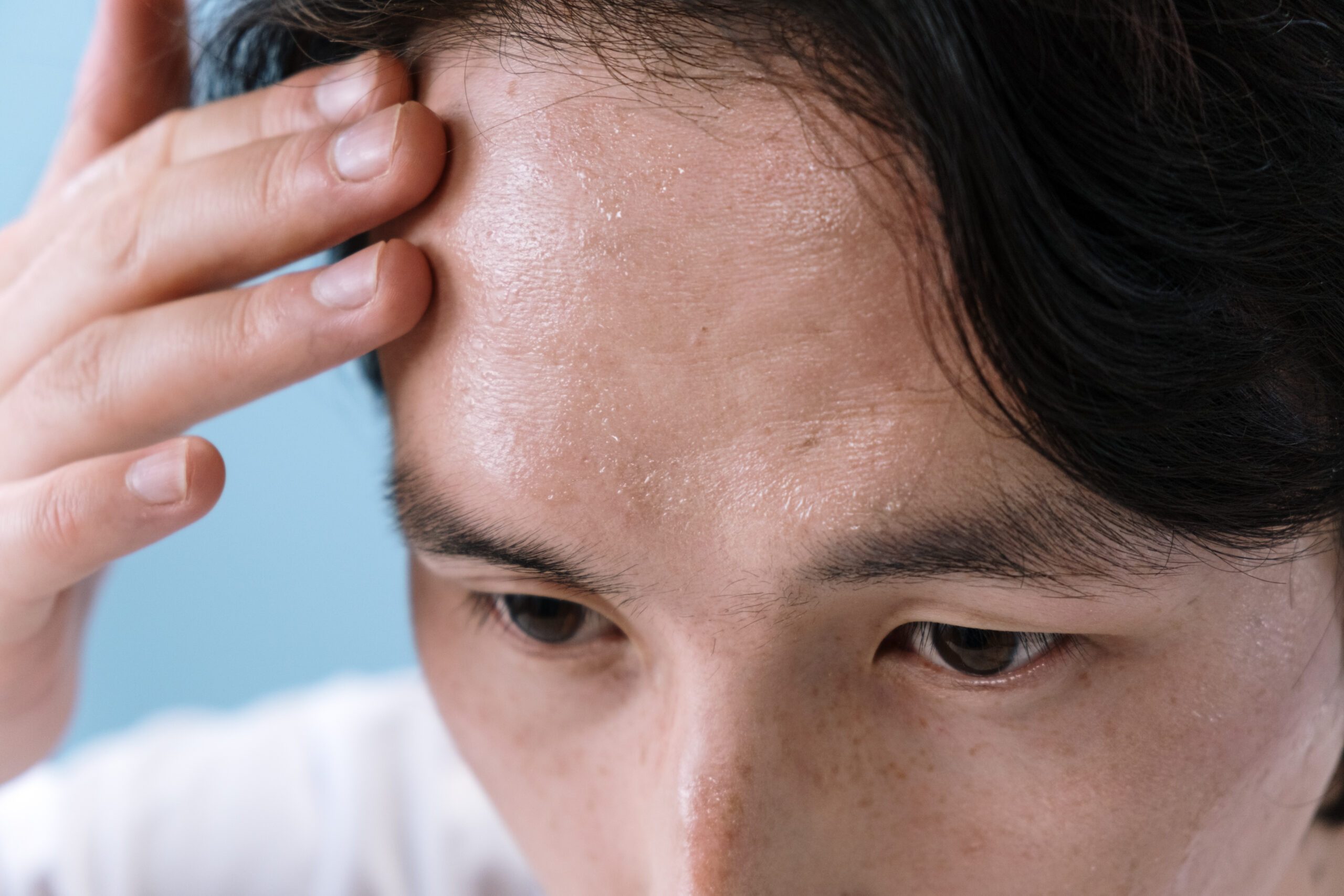What are the symptoms of peripheral artery disease?
Title: Unveiling the Symptoms of Peripheral Artery Disease: Listen to Your Body
Introduction:When it comes to our health, being proactive and attentive to any changes our body experiences is crucial. This is especially true when it comes to peripheral artery disease (PAD), a condition that affects the arteries that supply blood to our extremities. Recognizing the symptoms of PAD is the first step towards seeking timely medical intervention and ensuring a healthier future. In this blog, we will delve into the various symptoms associated with peripheral artery disease, helping you understand what signs to look out for and when to seek medical assistance.
1. Leg Pain, Cramping, or Discomfort:One of the most common and early signs of peripheral artery disease is pain, cramping, or discomfort in the legs, thighs, or calves. This pain often occurs during physical activity and is referred to as intermittent claudication. Patients may describe it as a dull ache, burning sensation, or heaviness in the legs, which tends to improve with rest. If you notice such symptoms, it’s crucial to consult a healthcare professional for a thorough evaluation.
2. Numbness or Tingling:Peripheral artery disease can cause reduced blood flow to the extremities, leading to a sensation of numbness or tingling in the legs or feet. This symptom may manifest intermittently or persistently, indicating potential arterial blockages that require medical attention.
3. Weakness in Leg Muscles:As the blood flow to the legs is compromised in PAD, the affected muscles may receive inadequate oxygen and nutrients. This can result in weakened leg muscles, making it difficult to perform routine activities such as walking or climbing stairs. If you experience unexplained muscle weakness in your legs, it’s prudent to consult a healthcare professional to identify and address the underlying cause.
4. Coolness or Change in Skin Color:The reduced blood flow caused by PAD can cause the skin on the legs or feet to appear pale or bluish in color. Additionally, the affected areas may feel unusually cool to touch. These changes in skin color and temperature are indicative of compromised circulation and should not be overlooked.
5. Slow-Healing Wounds:Another significant symptom associated with PAD is delayed wound healing. If you notice that minor cuts, sores, or ulcers on your legs or feet take longer than usual to heal, it could be a sign of poor blood circulation caused by peripheral artery disease. Seeking medical advice promptly can help prevent further complications.
6. Hair Loss or Slower Hair Growth:In some cases, peripheral artery disease can affect the hair growth patterns on the legs. This may result in reduced hair growth or even complete hair loss in the affected areas. While this symptom is not exclusive to PAD and can be caused by various other factors, it is worth discussing with a healthcare professional to rule out any underlying vascular issues.
Conclusion:Peripheral artery disease is a potentially serious condition that requires prompt attention. Recognizing the symptoms early on can significantly improve the outcome and prevent complications. If you experience any of the described symptoms, it’s imperative to consult a healthcare professional for a comprehensive evaluation and appropriate management. Remember, being aware and listening to your body is the first step towards optimal health and well-being.



